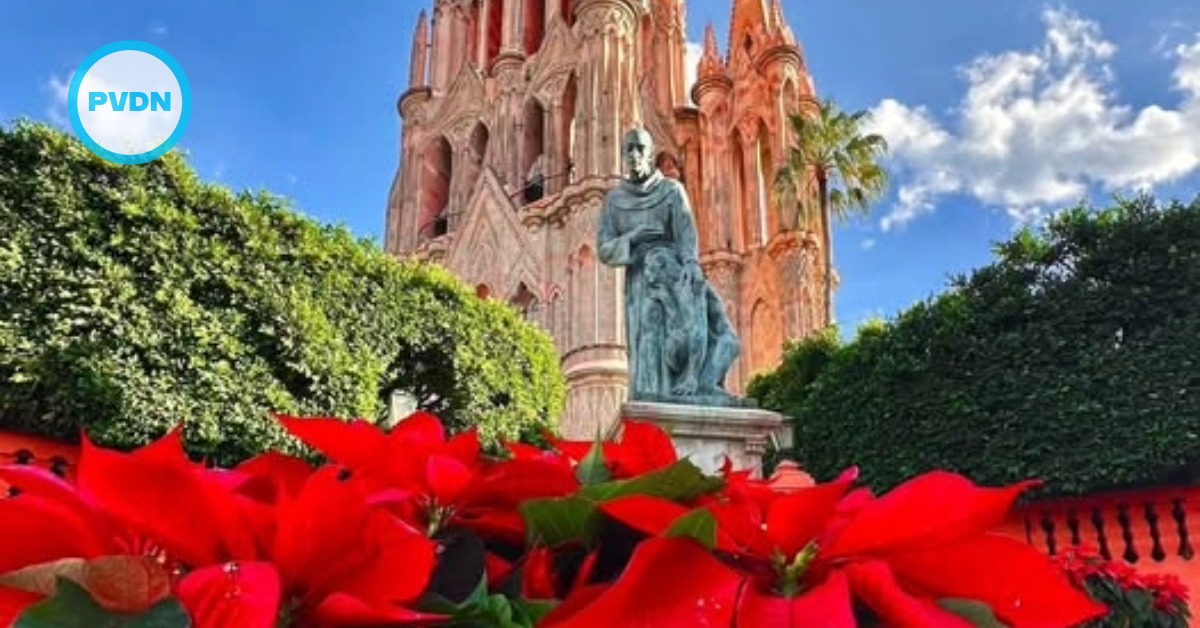https://www.youtube.com/watch?v=E4nf9-m1qeA
These monasteries are important historic monuments because they demonstrate the unique style of architecture practiced by the first group of missionaries to the area in the early 1500s.
These 14 monasteries stand on the slopes of Popocatepetl, to the south-east of Mexico City. They are in an excellent state of conservation and are good examples of the architectural style adopted by the first missionaries – Franciscans, Dominicans and Augustinians – who converted the indigenous populations to Christianity in the early 16th century. They also represent an example of a new architectural . . .





